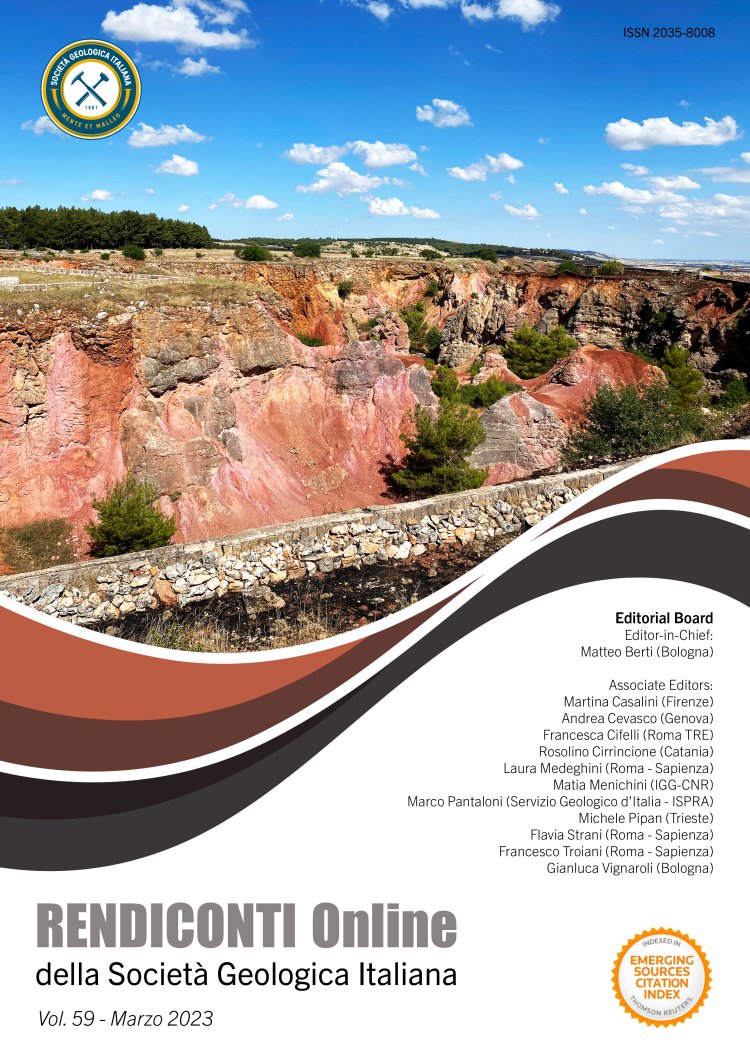
The Tachrift Project: sedimentary architecture of turbidite channel- levée deposits (Tachrift Turbidite System, Taza-Guercif Basin, Tortonian, NE Morocco)
Fabrizio Felletti1, George Pantopoulos1, Chiara Zuffetti1, Simone Reguzzi1, Daniele Invernizzi1, Niccolò Bellin1, Mattia Marini1, Imad El Kati2, Edoardo Savi1, Hassan Tabyaoui2 & Adam McArthur3
1Dipartimento di Scienze della Terra "A. Desio", Università degli Studi di Milano, Milan, Italy.
2Natural Resources and Environment laboratory, Polydisciplinary Faculty of Taza, Sidi Mohamed Ben Abdellah University, Taza, Morocco
3School of Earth and Environment, University of Leeds, Leeds LS2 9JT, U.K.
Corresponding author e-mail: fabrizio.felletti@unimi.it
Volume: 59/2023
Pages: 80-88
Abstract
Turbidite channel-levée complexes have been the focus of extensive research from a number of modern and ancient deep-water turbidite systems over more than fifty years. Although high-resolution 3D seismic studies have recently yielded unprecedented imaging of these deposits, the internal facies complexity of a channel-levée complex remains elusive. To fill this gap, extensive well-exposed outcrops are particularly important, as they provide information on fine-scale facies heterogeneity.
This contribution reports on the ongoing ‘Tachrift’ Project, which aims to explore 9 superimposed channel-levée complexes belonging to the Tachrift turbidite system (late Tortonian- early Messinian) of the Taza–Guercif Basin (NE Morocco). Arid climate and deep incision by ephemeral streams make for world-class, extensive, unexplored outcrops spread over an area of ~ 16 km2. Preliminary results provide valuable insights into facies and geometry of channel-fills and correlative levées over a ~150 m-thick and ~4 km wide transect largely oblique to palaeoflow, which may contribute to improving existing models of turbidite channel belt sedimentary heterogeneity and stratigraphic evolution, applied to understand the composition of subsurface analogues.
Keywords
Get Full Text